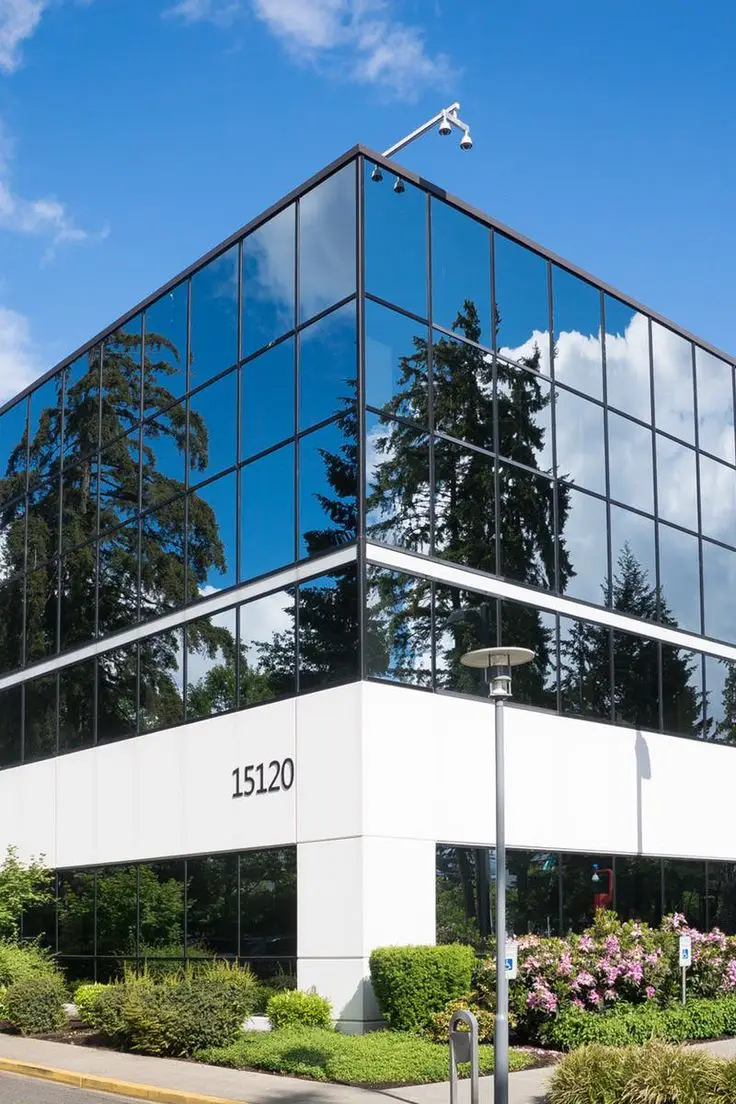What window tint should I get? How to choose window tint? – A Comprehensive Guide
When it comes to enhancing the aesthetics and functionality of your vehicle or home, window tinting is a popular and effective solution. However, with various options available in the market, it can be overwhelming to decide what window tint you should get. In this comprehensive guide, we’ll delve into the key factors to consider and provide insights on how to choose window tint that suits your needs.
Understanding the Basics:
Before delving into the decision-making process, it’s essential to understand the basics of window tinting. Window tint is a thin film applied to windows to reduce the amount of sunlight entering the interior. It offers benefits such as increased privacy, UV protection, heat reduction, and glare reduction.

PNW Mobile Films
Factors to Consider
Local Regulations:
Before you start exploring different types of window tint, check the local regulations regarding window tinting. Some areas have specific rules and restrictions on the darkness of the tint, especially on front windows. Ensure compliance with these regulations to avoid legal issues.
Tinting Laws:
Familiarize yourself with tinting laws in your region. Different states and countries have varying regulations regarding the Visible Light Transmission (VLT) percentage. VLT measures the amount of light that can pass through the tint. Be aware of the legal limits and choose a window tint that complies with these standards.
Type of Tint:
Window tints come in various types, including dyed film, metalized film, carbon film, and ceramic film. Each type has its unique characteristics. Dyed film is budget-friendly but may fade over time. Metalized film provides excellent heat rejection but can interfere with electronic signals. Carbon film is durable and offers good heat rejection without signal interference. Ceramic film is premium, offering superior heat rejection and UV protection without signal interference.
Purpose of Tint:
Determine the primary purpose of your window tint. Are you looking for increased privacy, heat reduction, UV protection, or glare reduction? Different types of tint excel in specific areas, so choose one that aligns with your priorities.
Color Options:
Window tints come in various colors, such as black, gray, and bronze. The color you choose can impact the appearance of your vehicle or home. Consider the overall aesthetic you want to achieve and select a tint color that complements it.
UV Protection:
One of the significant benefits of window tinting is UV protection. Look for a tint that provides high UV blocking capabilities. This not only protects your skin from harmful UV rays but also prevents interior furnishings from fading due to prolonged sun exposure.
Heat Rejection:
If heat reduction is a top priority, focus on window tints with high Total Solar Energy Rejection (TSER) ratings. A higher TSER indicates better heat rejection, keeping the interior cool and comfortable.
Installation Quality:
The quality of installation plays a crucial role in the effectiveness and longevity of window tint. Ensure that the tint is applied by professionals to avoid bubbles, peeling, or uneven application.
Choosing the Right Window Tint:
After considering the various factors mentioned above and thinking ‘what window tint should I get’, you can now make an informed decision on the window tint that best suits your needs. Whether it’s a sleek look for your vehicle or increased comfort in your home, the right window tint can make a significant difference.
FAQs (Frequently Asked Questions):
Q: Can I apply window tint myself, or should I seek professional installation?
A: While DIY kits are available, professional installation ensures a precise and flawless application, minimizing the risk of bubbles or uneven tinting.
Q: How do I maintain and clean my window tint?
A: Use a mild, non-ammonia-based cleaner and a soft cloth to clean window tint. Avoid abrasive materials or harsh chemicals that may damage the film.
Q: Will window tint affect my visibility at night?
A: High-quality window tint is designed to maintain visibility at night. Choose a tint with a balanced VLT percentage for optimal nighttime visibility.
Q: Can I tint my windows if they already have factory tinting?
A: Yes, you can add an additional layer of tint to factory-tinted windows for enhanced benefits. However, be mindful of local regulations regarding the total darkness level.
Q: How long does window tint typically last?
A: The lifespan of window tint depends on the type and quality of the film, as well as environmental factors. High-quality tints can last up to 10 years or more with proper care.
Conclusion:
Choosing the perfect window tint involves a thoughtful consideration of local regulations, tinting laws, the type of tint, its purpose, color options, UV protection, heat rejection, and installation quality. By understanding these factors, you can confidently make a decision that enhances both the aesthetics and functionality of your vehicle or home.
Ready to transform your windows? Contact our experts for a personalized consultation and discover the perfect window tint solution for your needs!





